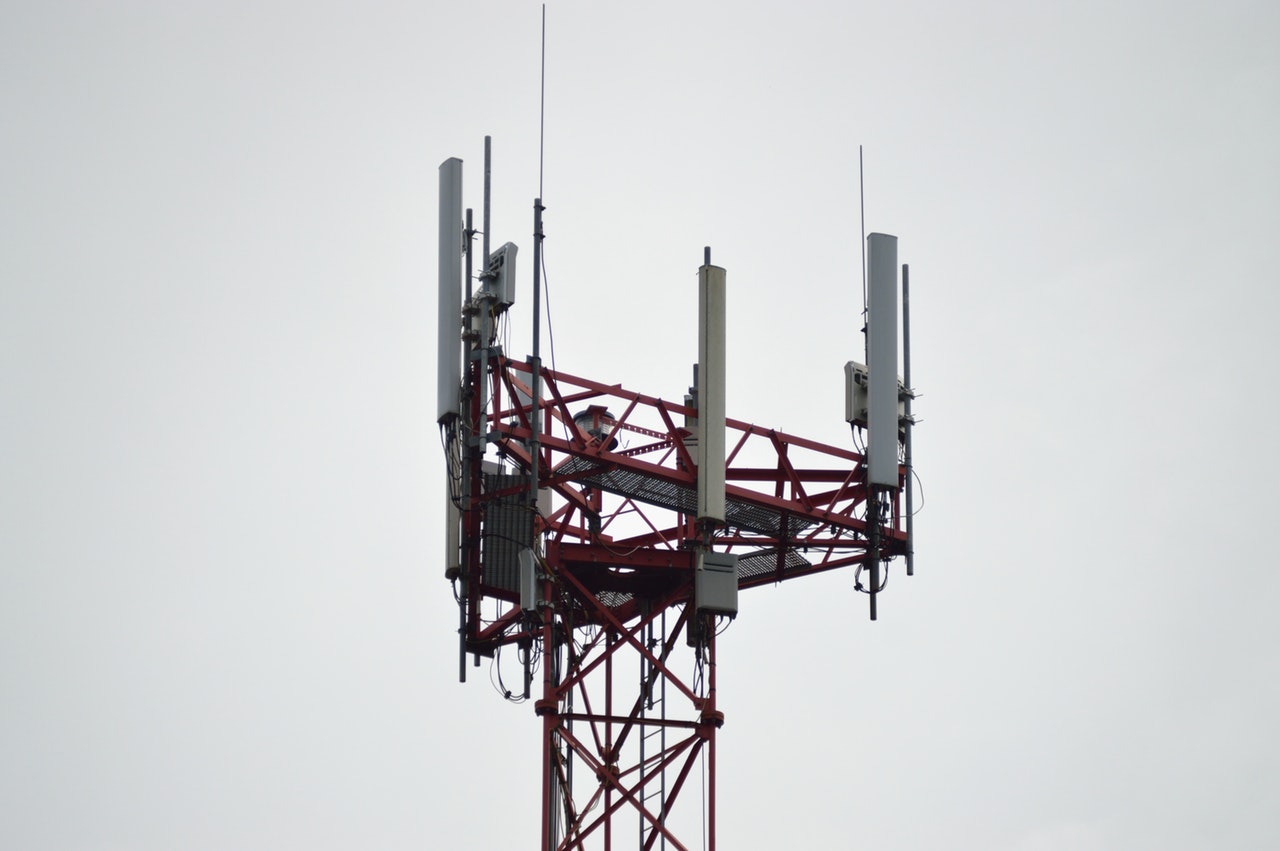If you've ever wandered through a town and spotted tiny cell towers for 5G on street light poles. They appear like tiny boxes however, they're actually transmitting wireless signals from cell phone providers to your phone.
They are replacing the larger built cell towers. While they're less noticeable, they still can create problems for those who live nearby.
what is a safe distance from a cell tower determine the safe distance that a person can be exposed to electromagnetic energy generated by wireless devices. The exposure limits are based upon scientific research which show that the energy of RF can be harmful to human health.
The rate of absorption called the specific absorption rate (SAR) is a measure of the radiofrequency energy absorbed by tissue. It is typically 1.6 milliwatts per kilogram spread over a gram of tissue.
However, because 5g transmits at higher frequencies this could be able to cause greater energy intensity on the skin as well as other body areas. This could lead to a wide range of potential harms, including exacerbated formation of skin disorders such as dermatitis and cataracts and skin cancer.
Due to the potential for negative effects of 5G radiation, PSU has chosen to establish a general, localized power density limit of 4 mW/cm2 averaged over 1 cm2, and not to exceed 30 minutes, for all 5G services running at 3000 GHz. This localized limit is in accordance with the highest spatial-average SAR of 1.6 W/kg averaged over 1 g of tissue at 6 GHz.
safe distance to live from cell phone tower
If you've ever operated a cell phone, you're probably aware that the safest location from the tower should be at least 400 meters. This is due to the power of transmission from cell towers increases drastically the further away your location from the tower.
Although this may sound like a good idea, the reality is that people living in close proximity to towers might be more prone to health issues. For instance, a study conducted in 2014 in India discovered that people who lived within 50m of cell towers had significant more health issues than those living further distance from them.
This study showed that residents who moved into areas farther away from cell towers experienced their symptoms return to normal within a few days. Studies have also shown that exposure to high frequencies of radiofrequency electromagnetic fields (EMFs) can cause brain tumors, cancer as well as other health issues.
This is due to the fact that radiofrequency radiation, used in wireless communication, can be absorbed by the body's outer layer, which is the skin. what is a safe distance from a 5g cell tower is important to understand since the skin serves as a shield against injury to the body, infection from pathogenic microorganisms, as well as the entry of harmful substances. It is also the most important organ in the human body, and is responsible for maintaining the integrity of other organs.
The FCC's Minimum Exposure Thresholds
The FCC's Minimum Exposition Thresholds depend on several assumptions that are not supported by evidence from science. This includes the false assumption that exposures to RF radiation are safe due to the limited penetration into the body (i.e. the heating of tissues).
The assumption is also ignoring the deeper penetration of the ELF parts of modulated RF signals and the effect of short bursts of heat caused by RF pulses. These theories are not compatible with current knowledge of the biological consequences of RF radiation. As such, they should not be relied upon for health-protection exposure guidelines.

Furthermore to that, ICNIRP and FCC restrict their exposure limits to local peak SARs based on the peak frequency of absorption (psSAR), which can be described as an inadequate dosimetric tool to assess the amount of exposure to RF radiation. In particular the psSAR tool is not accurate for frequencies above 6 GHz. In addition, psSAR is not been tested for RF radiation that is exposed to other environmental agents , such as sunlight. The interactions of RF radiation with other environmental agents may result in antagonistic or synergistic effects. This would result in an increased risk of negative health adverse effects. For example, co-exposure to RF radiation and sunlight could raise the chance of developing skin cancer, as well as aggravate other skin conditions like acne.
